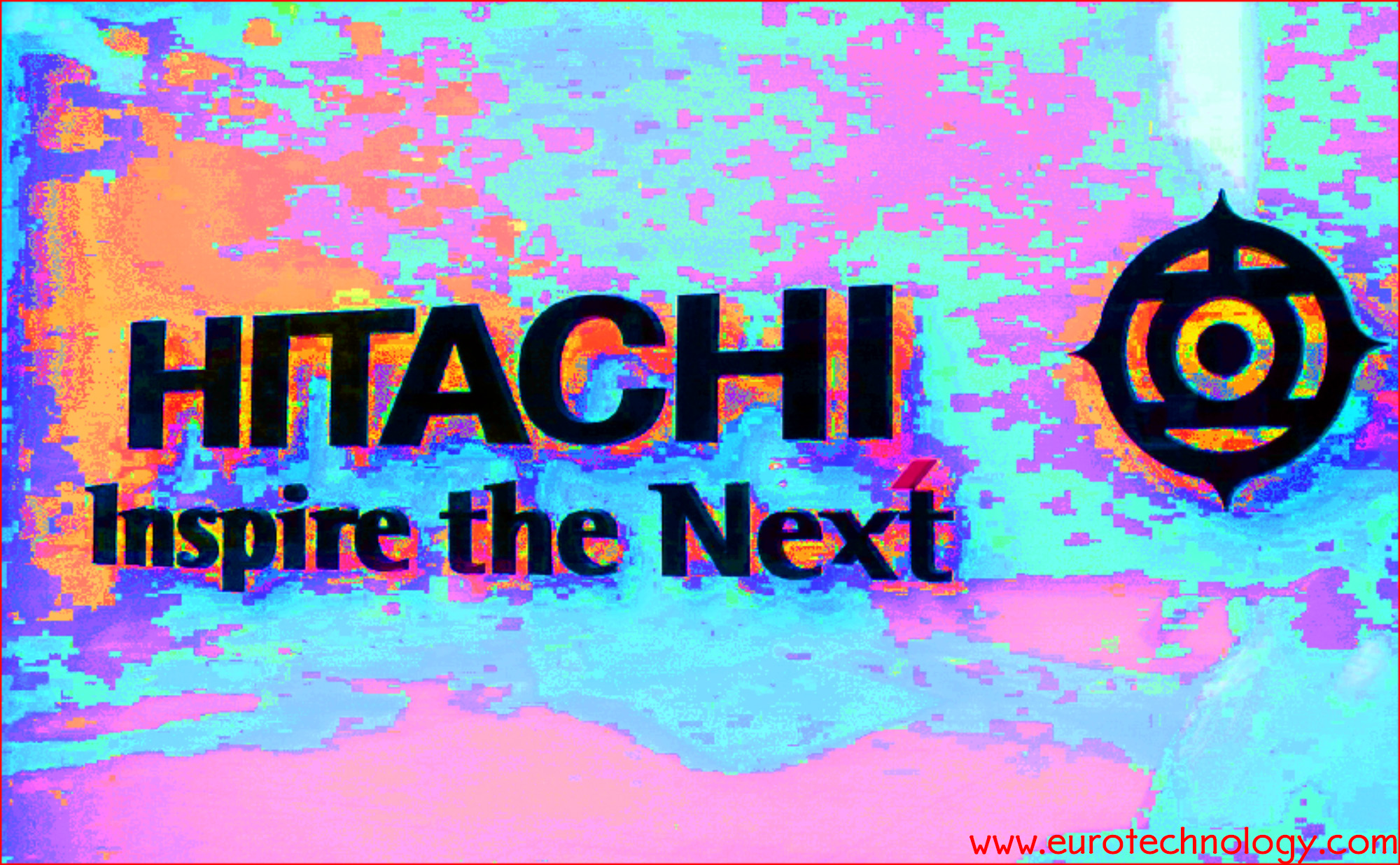Tag: hitachi
-

Sir Stephen Gomersall on UK-Japan relations & globalization
Sir Stephen Gomersall on corporate governance: Board Meetings should be like sparkling water – not like tea Globalization and the art of tea Hitachi – Japan’s most iconic corporation – under the leadership of Chairman & CEO, Hiroaki Nakanishi embarked on the “Smart Transformation Project” to globalize, to face a world where value creation has…
-

Hitachi agrees with Finmeccanica S.p.A. to acquire rail business of AnsaldoBreda S.p.A. and 40% of rail signaling company Ansaldo STS S.p.A.
AnsaldoBreda rail business to help Hitachi to compete globally with Siemens, Bombardier and Alstom by Gerhard Fasol Finmeccanica accelerates restructuring, reduces debt and focuses on aerospace, defense and security Hitachi Ltd (株式会社 日立製作所) and Finmeccanica S.p.A. announced on February 24, 2015, that their Boards of Directors have agreed for Hitachi to: acquire the rail business…
-

Hitachi Europe acquires The Railway Engineering Company (TRE)
TRE supplies simulators and automatic routing systems by Gerhard Fasol Hitachi Europe expands European Traffic Managment Railways (TMS) sector Hitachi Europe, on December 20, 2012 announced the acquisition of The Railway Engineering Company (TRE) from James Fisher and Sons plc for UKL 25.5 million. The Railway Engineering Company (TRE) products include: Automatic Routing Systems Signalling…
-

Horizon Nuclear Power acquired by Hitachi for £696 million
Hitachi to build 6 GigaWatt of nuclear power in UK by Gerhard Fasol E.ON and RWE to withdraw, Chinese consortium lost bid In tune with Germany’s “Energiewende”, E.ON and RWE npower decided to sell Horizon Nuclear Power. On October 29, 2012 Hitachi Ltd (株式会社日立製作所) announced the agreement to acquire Horizon Nuclear Power for £696 million…
-

Hitachi “inspire the next” Europe opens Rail Research Centre (ERRC)
European Rail Research Centre (ERRC) to focus on rolling stock design, manufacturing, maintenance and traffic management systems by Gerhard Fasol ERCC will be part of Hitachi Europe’s Transportation Energy & Environment Research Laboratory Hitachi “inspire the next” announced on October 10, 2012 the opening of the new European Rail Research Centre (ERRC) in London, to…